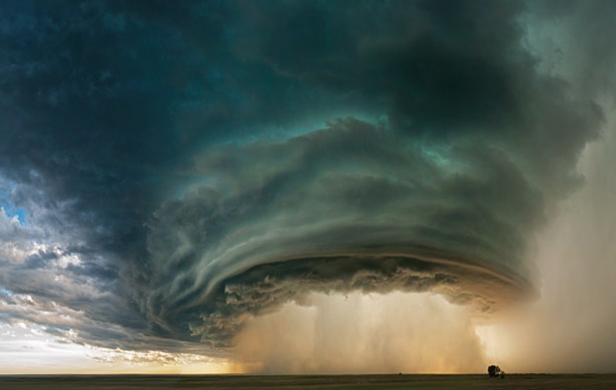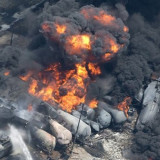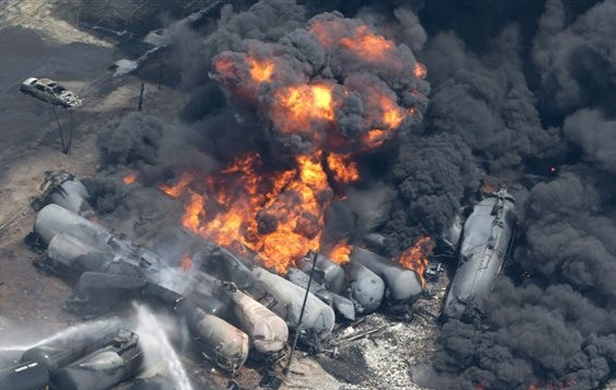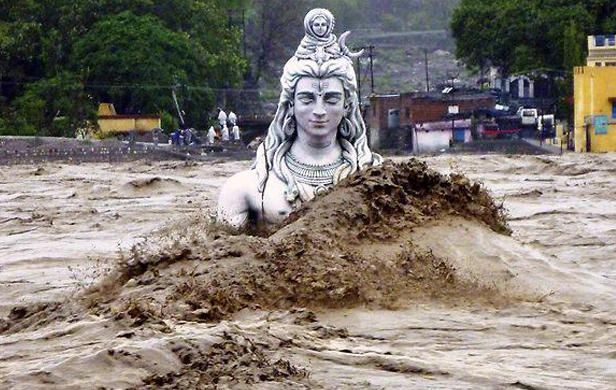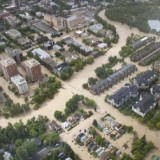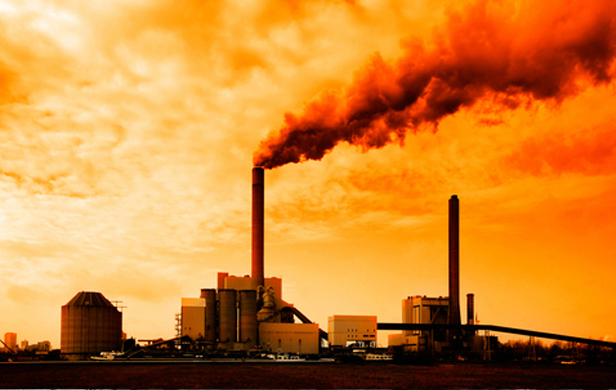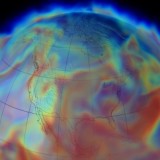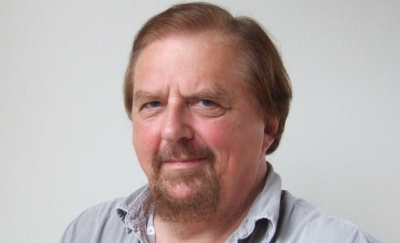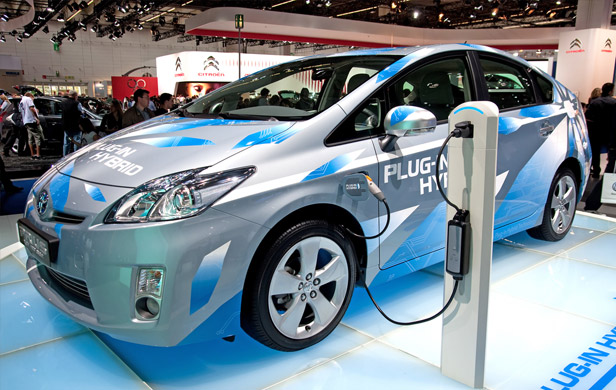
The psychological dynamics of problem solving are well known. When a problem is identified and assessed, and when a corrective strategy is formulated and activated, then people begin to feel better. Hope replaces the feeling of inevitable defeat that is the result of inaction. Uncertainty and procrastination are corrosive to contentment and lethal to optimism.
Optimism can’t replace pessimism until constructive action begins. This explains why increasing numbers of people are becoming gloomy about their environmental future. Those with even the most rudimentary understanding of environmental issues recognize that the problems are large, serious and complex, that they are deep and global rather than superficial and local. As the predictions of climate science become more dire, the mood darkens. The dangerous threshold of a 2°C increase in global temperature is now considered to be inevitable. The scientific models are predicting 4°C by 2060-70, and — unless we reduce emissions quickly and dramatically — at least 6°C by 2100.
The pessimism in Canada is particularly pronounced because this country has a federal government that actively subverts international efforts to reduce carbon dioxide emissions, is silent on the ecological effects of a melting Arctic, avoids discussing the root cause of extreme weather events, systematically obstructs scientists who raise issues of environmental relevance, and blithely plots a future for Canadians that seems wholly disconnected from the most basic principles of climate science. Indeed, Canada’s government seems to be living on a different planet, oblivious to the mood of concern eroding the morale of the country. No wonder that a cloud of pessimism is darkening the emergence of optimism when our national political leadership seems numb to the catastrophic consequences of unrestrained greenhouse gas emissions.
The tragedy of this position of denial is compounded by the experience that real problems are more easily solved than imagined ones. When problems are identified and solutions attempted, we find ways to overcome obstacles that once seemed overwhelming. But worry in the company of inaction is a fatal combination that wastes energy, saps resolve, squanders creativity and produces cynicism. Instead of contemplating corrective strategies, the imagination concocts worse-case scenarios, anticipates disaster and dissolves in gloom. Passive resignation is a poor substitute for positive initiative. Without a Canadian strategy for addressing the twin threats of global warming and climate change, everyone in the country becomes a fretting victim of failure, rendered powerless about a fate they are not attempting to avoid.
To counteract this destructive effect, many provinces, cities, towns and municipalities have undertaken heroic initiatives that range from carbon taxes and bicycling infrastructure to composting projects and urban gardening. Green spaces, parks, walkways and stream rehabilitation are just a few of their initiatives to restore and enhance healthy environments. Within their limited capabilities they have attempted to increase energy efficiencies, provide rapid transit and limit urban sprawl.
Heroic as these undertakings are, their effects are relatively small without an overarching national policy that sets and coordinates clear objectives that can then be synchronized with local and international policies. The fundamental environmental threat we are facing is multinational and global. Community and individual effort is exemplary and important. But the key to eventual ecological management is a system of guiding national initiatives that concur with global principles. When such principles are clearly defined and assiduously respected, they inspire hope.
In this regard, the Canadian government is guilty of neglect, abject failure and even subversion. While Ottawa has just started to consider carbon taxes, Norway is increasing its levy from $33 to $72 per tonne to add an extra $1.6 billion to funds that will increase energy efficiencies, combat climate change, encourage renewable energy, enhance food security, reduce deforestation and help developing countries convert to low-carbon energy sources. Norwegians are debt free, with $720 billion in savings to safeguard their security and the ecologies on which they depend. Britain is actually meeting its 1990 Kyoto Protocol target for greenhouse gas emissions, an objective that Canada dismissed as being impossible for itself — subsequently withdrawing, for the first time in its history, from a legally binding obligation to the international community.
While some countries struggle bravely to reduce their greenhouse gases, Canada’s contribution has been dismal. Our bewildering negligence has branded us a pariah state that is undermining the world’s environmental security.
The effect on the Canadian psyche of our national inaction and the resulting international censure is corrosive. This explains why doomsday scenarios are becoming a preoccupation of our imagination. If Canada’s government were to methodically address environmental problems in a manner proportional to their actual severity, and if it were to actively solicit and encourage public dialogue, participation and innovation, then the Canadian collective mood would brighten. The focus of our attention would shift from helpless worry to actual solutions — of which there are many — and optimism would begin to replace pessimism. When, however, our national government is not even capable of acknowledging a problem as fundamental and obvious as global climate change, then the effect is sufficiently poisonous to prevent us from proceeding to hopeful and practical solutions.




